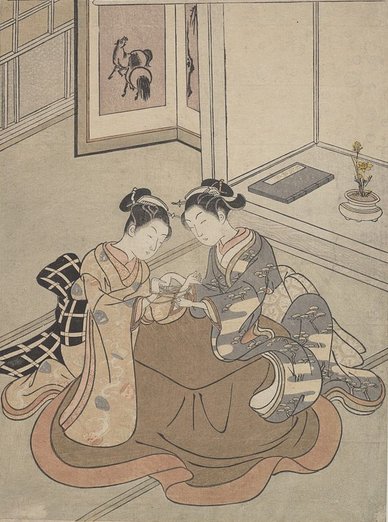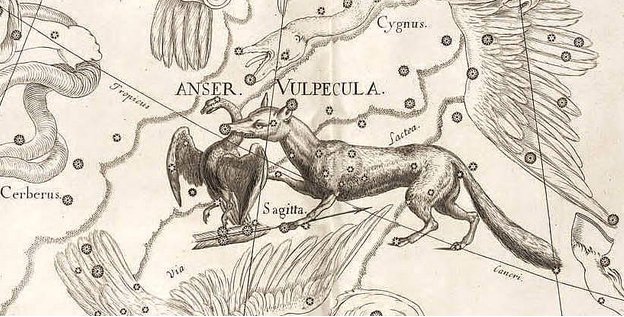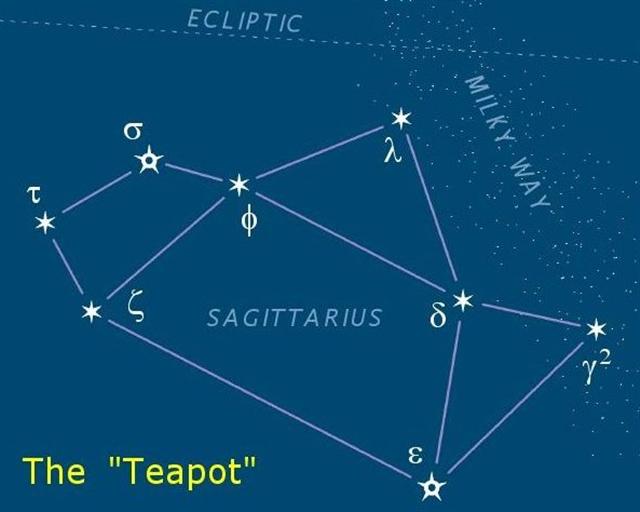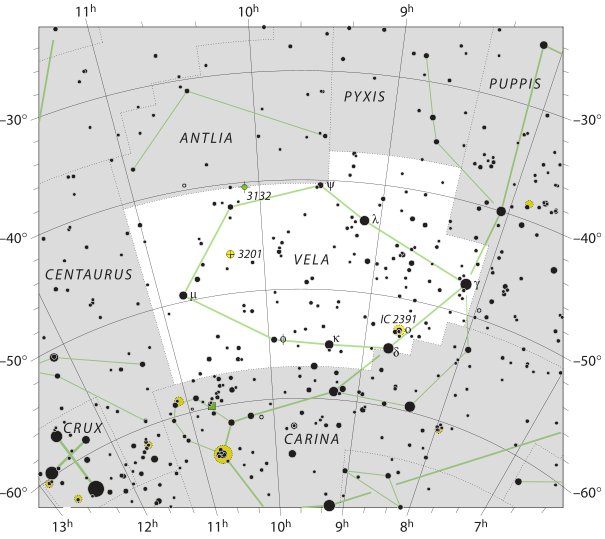|
R (Small
Washington Tablet)
27. → Oromanga As I seem to remember it - my memory is highly selective, a sure sign of being alive - Artemis was a female hunter, with bow and arrows of course, a goddess of the wild forests. ... On the first day of their labour // He himself, smith Ilmarinen, // Stooped him down, intently gazing, // To the bottom of the furnace, // If perchance amid the fire // Something brilliant had developed. From the flames there rose a crossbow, // Golden bow from out the furnace; // 'Twas a gold bow tipped with silver, // And the shaft shone bright with copper. And the bow was fair to gaze on, // But of evil disposition // And a head each day demanded, // And on feast-days two demanded, // He himself, smith Ilmarinen, // Was not much delighted with it, // So he broke the bow to pieces, // Cast it back into the furnace ... ... A man had a daughter who possessed a wonderful bow and arrow, with which she was able to bring down everything she wanted. But she was lazy and was constantly sleeping. At this her father was angry and said: 'Do not be always sleeping, but take thy bow and shoot at the navel of the ocean, so that we may get fire.' The navel of the ocean was a vast whirlpool in which sticks for making fire by friction were drifting about. At that time men were still without fire. Now the maiden seized her bow, shot into the navel of the ocean, and the material for fire-rubbing sprang ashore ...
The Navel represented the Beginning, as for instance the Navel of the Horse = Sirrah at 0h (in contrast to the Tail of the Horse representing the End of the Horse = Ma Wei at *183).
... Dante kept to the tradition of the whirlpool as a significant end for great figures, even if here it comes ordained by Providence. Ulysses has sailed in his 'mad venture' beyond the limits of the world, and once he has crossed the ocean he sees a mountain looming far away, 'hazy with the distance, and so high I had never seen any.' It is the Mount of Purgatory, forbidden to mortals. 'We rejoiced, and soon it turned to tears, for from the new land a whirl was born, which smote our ship from the side. Three times it caused it to revolve with all the waters, on the forth to lift is stern on high, and the prow to go down, as Someone willed, until the sea had closed over us.' The 'many thoughted' Ulysses is on his way to immortality, even if it has to be Hell. The engulfing whirlpool belongs to the stock-in-trade of ancient fable. It appears in the Odyssey as Charybdis in the straits of Messina - and again, in other cultures, in the Indian Ocean and in the Pacific. It is found there too, curiously enough, with the overhanging fig tree to whose boughs the hero can cling as the ship goes down, whether it be Satyavrata in India, or Kae in Tonga ...
... The Euripus, which has already come up in the Phaedo, was really a channel between Euboea and the mainland, in which the conflict of the tides reverses the current as much as seven times a day, with ensuing dangerous eddies - actually a case of standing waves rather than a true whirl. We meet the name again at a rather unexpected place, in the Roman circus or hippodrome, as we know from J. Laurentius Lydus (De Mensibus I.12), who states that the center of the circus was called Euripos; that in the middle of the stadium was a pyramid, belonging to the Sun; that by the Sun's pyramid were three altars, of Saturn, Jupiter, Mars, and below the pyramid, altars of Venus, Mercury, and the Moon, and that there were not more than seven circuits (kykloi) around the pyramid, because the planets were only seven. (See also F. M. Cornford's chapter on the origin of the Olympic games in J. Harrison's Themis (1962), p. 228; G. Higgins' Anacalypsis (1927), vol. 2., pp. 372ff.) This brings to mind (although not called Euripus, obviously, but 'the god's place of skulls') the Central American Ball Court which had a round hole in its center, termed by Tezozomoc 'the enigmatic significance of the ball court', and from this hole a lake spread out before Uitzilopochtli was born. See W. Krickeberg, 'Der mittelamerikanische Ballspielplatz und seine religiöse Symoblik', Paideuma 3 (1948), pp. 135ff., 155, 162. And here the unstable Euripus of the Ocean, which flows back to the beginnings of its mysterious source, dragged with irresistible force the unhappy sailors, thinking by now only of death, towards Chaos. This is said to be the maw of the abyss, that unknown depth in which, it is understood, the ebb and flow of the whole sea is absorbed and then thrown up again, which is the cause of the tides. This is reflection of what had been a popular idea of antiquity. But here comes a version of the same story in North America. It concerns the canoe adventures of two Cherokees at the mouth of Suck Creek. One of them was seized by a fish, and never seen again. The other was taken round and round to the very lowest center of the whirlpool, when another circle caught him and bore him outward. He told afterwards that when he reached the narrowest circle of the maelstroem the water seemed to open below and he could look down as through the roof beam of a house, and there on the bottom of the river he had seen a great company, who looked up and beckoned to him to join them, but as they put up their hands to seize him the swift current caught him and took him out of their reach. It is almost as if the Cherokees have retained a better memory, when they talk of foreign regions, inhabited by 'a great company' - which might equally well be the dead, or giants with their dogs - there, where in 'the narrowest circle of the maelstroem the water seemed to open below' ... If the archeologists now had found the temple of Artemis, a female archer, on a Greek island, then there cannot have been an astronomical distance to the Greek island of Euboea (at the 'whirlpool'), and therefore presumably within her reach. And on my kitchen wall the calendar had the name Diana for January 29, which had caught my attention at that time. For this was hardly a choice of name based on current name use. In Sweden the name is not common. Instead the calendar name had to be based on mythology. And the Roman goddes corresponding to Artemis was Diana (as I seem to recollect). I counted the days from Knut (the Knot located 20 days after Christmas) and the distance was 29 - 13 = 16:
Kaus Australis means the Southern Bow, i.e. the star ε in the Sagittarius (Archer) constellation.
Bow and Arrow is the translation into English of the Chinese name Koo She - i.e. δ in the Sail (Vela) of Argo Navis:
From January 29 to February 9 there are 31 + 9 - 29 = 11 days. And by adding another 5 days we will reach February 14 (All Hearts' Day):
|
|||||||||||||||||||||||||||||||||||||||||||||||||||||||||||||||||||||||||||||||||||||||||||||||||||||||||||||||||||||


.jpg)




.jpg)






